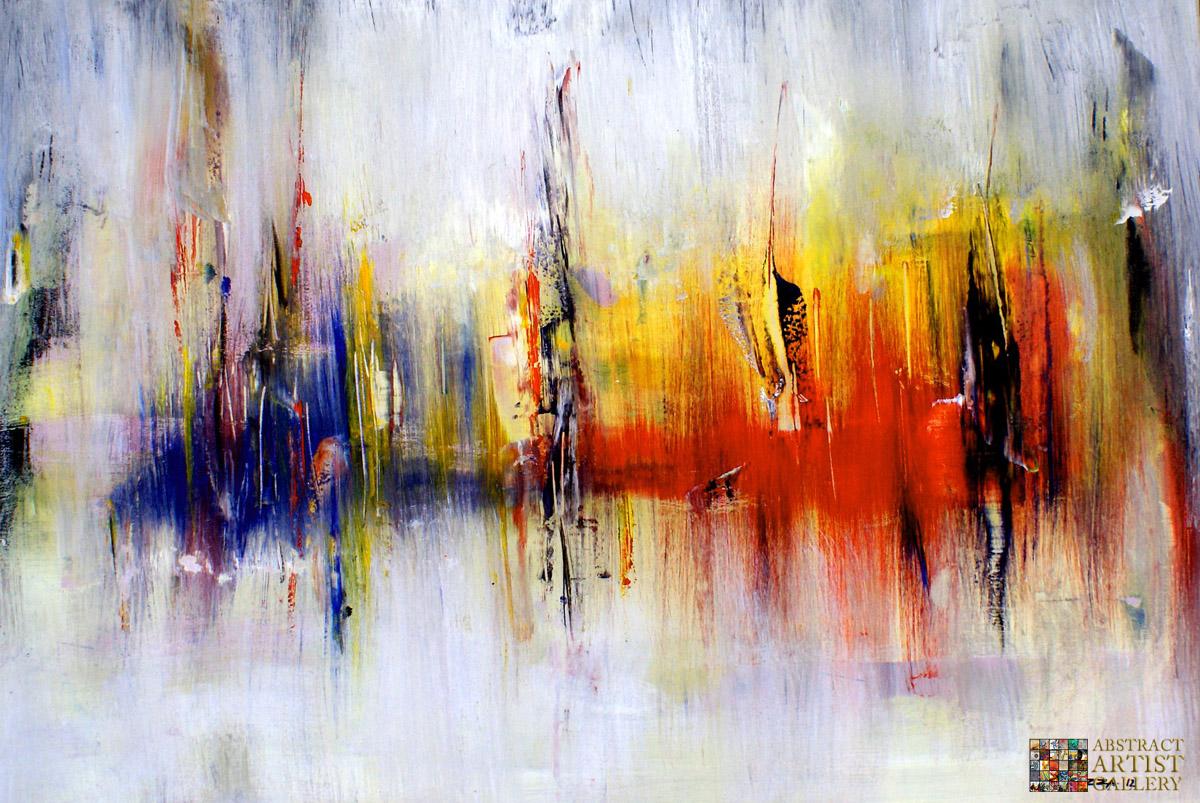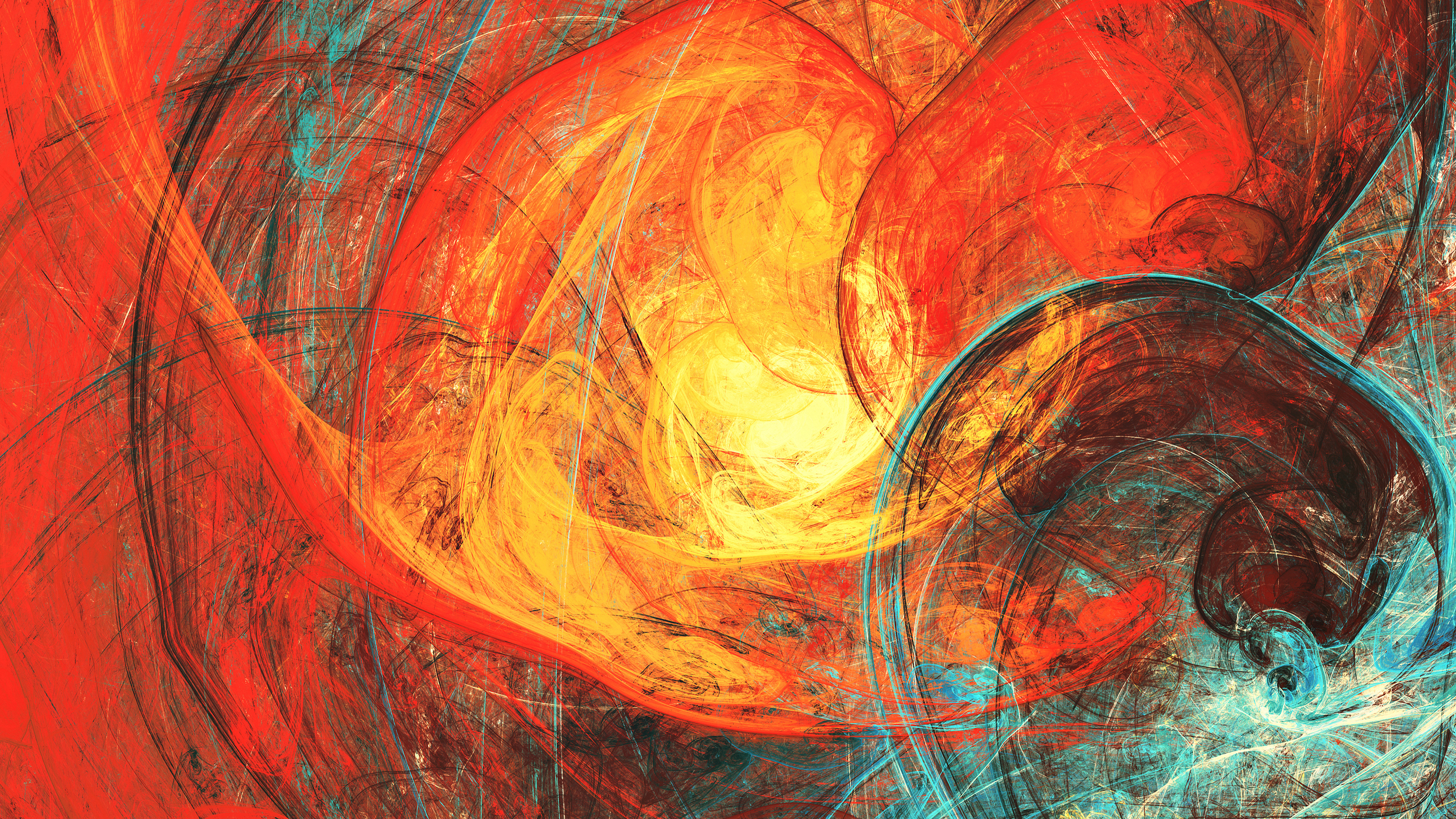Table Of Content
Though he initially created realistic and then semi-abstract works, Kandinsky wanted to create works that depicted the way he felt when listening to music. He began to create entirely nonobjective art in the same year and his abstract works contain a sense of rhythm and joy, entirely evocative of the music that he loved. Up to this point, Matisse had primarily painted realistic, academically accepted works, but, like, many of his contemporaries, he became frustrated by what he viewed as the inherent limitations of the traditional style. In this work, Matisse depicts his wife rendered expressively in bright, rather than realistic, hues.
Post navigation

At the heart of the show lies an immersive installation, representing one of Neto’s largest sculptures to date. Drawing inspiration from the caravels that set sail for what would come to be known as the Americas, Neto intricately weaves together images of sails and materials such as canvas and ropes. A selection Neto’s woven works populate the space, imbuing the exhibition with a tapestry of history and symbolism. Curated by Jacopo Crivelli Visconti, Nosso Barco Tambor Terra [Our Boat Drum Earth], the exhibition’s form emerges from months of meticulous dialogue with MAAT’s architectural space and the museum’s surroundings. Many artists working in an Impressionist style began to seek new ways to express themselves personally through their art, often engaging more with abstraction in the process. Rather than the Impressionists' painterly style, Paul Gauguin experimented with emphasizing areas of solid color and defined forms with outlines, dispensing with traditional perspective.
Selected artists working with abstraction
As her creativity progressed, in 1946 Molnar's focus changed to producing abstract geometrical-systematic art. And in 1968, Molnar began using computers, using them to create algorithmic paintings based on simple geometric shapes. Artists Man Ray and Wolfgang Tillmans created abstract photographs through experiments with photographic materials.
Abstraction across a century
zeng fanzhi debuts latest abstract works at tadao ando-designed exhibition in venice - Designboom
zeng fanzhi debuts latest abstract works at tadao ando-designed exhibition in venice.
Posted: Thu, 25 Apr 2024 10:11:02 GMT [source]
Texture, depth and, particularly, color become vital tools in conveying the artist's intention. Abstract art falls into one of two categories, partial abstraction, where artworks feature identifiable objects, people, or landscapes, but these have often been simplified, distorted, taken out of context, or rendered in non-realistic colors. Alternatively, fully abstract (nonobjective) works do not draw any inspiration from visual reality.
In this he sought to create a metaphorical, iconic symbol of women, alluding to prehistoric cave women as well as modern-day advertisements. As is the case with abstract painting, abstract sculpture can either be based on something in reality or totally nonobjective. Constantin Brâncuși is an early exponent of the former, as illustrated by his sculptures of birds in flight, evoked through elegant elliptical lines. Through a process of gradual simplification, his sculptures were able to capture the essence of his subject. Brancusi stated that "What my art is aiming at, above all realism, utmost hidden reality, the very essence of objects in their own intrinsic fundamental nature. This is my only preoccupation". Like Brancusi, sculptor Alberto Giacometti also created abstract sculptures based in reality, but in a different manner.
Early abstract artists working during the late 19th and early 20th centuries used color, form, shape, and line to create paintings, sculptures, and drawings that purposefully felt independent from identifiable objects, landscapes, and people. Abstraction gave artists a new level of freedom to experiment with artistic methods and allowed these artists to reshape the traditional meaning of what “art” was. Employing imagery reminiscent of sails and materials evocative of transatlantic voyages, such as canvas and ropes, Ernesto Neto (find more here) crafts a series of installations encompassing the various dimensions of the space at MAAT (find more here). Primarily utilizing chintz, a cost-effective cotton fabric prevalent in Brazil and often adorned with vibrant floral motifs, Neto intricately cuts and crochets the material’s strips with various collaborators’ assistance. This technique, honed over years in the artist’s studio in Rio de Janeiro known as atelienave, forms the basis of the sculpture, composed of interconnected cells. Guided by a freehand approach, the overall design of the work evolves through experimentation and adjustments facilitated by specialized software, ensuring both precision and adaptability to the unique characteristics of the space during installation.
French Vanilla Mani
The Op Art movement of the 1960s focused on the creation of works that appeared to move as a result of color relationships and patterns. Thus, while epitomizing an allover canvas like Jackson Pollock, it was with a complete lack of interest in a metaphorical expression of self. Minimalism is often viewed as a form of extreme abstraction in that there was no intention of meaning apart from the self-referentiality of the object through an emphasis on form and material. The subject matter of Minimalist paintings consisted of grids, geometric shapes or lines, or even an investigation of a painting composed of black or white paint. Minimal sculptors often preferred the term "objects" for their work, and utilized industrial materials such as steel, fiberglass, and plexiglass. In contrast to these paintings, which are characterized by an active, painterly surface, Color Field painters created large-scale works dominated by a few hues carefully applied in solid swathes.
Pearl-Lined Pastel Tips
The Daily Heller: The Primordial Abstract Art of Matthew Marcot - PRINT Magazine
The Daily Heller: The Primordial Abstract Art of Matthew Marcot.
Posted: Tue, 16 Apr 2024 07:00:00 GMT [source]
As a second-generation Abstract Expressionist, Gilliam's iterations tended to be more improvisational while Whitney credited the colors in his grid-inspired paintings as equivalent to the call and response in music. Helen Frankenthaler created Mountains and Sea during the 1950s using a new technique of pouring paint thinned with turpentine right onto the canvas. Because the paint was poured, the colors weren’t constrained by lines or shapes, creating a new Color Field Painting movement. Abstract art is a non-objective art form that breaks traditional, realistic art styles. It intends to inspire emotion and intangible experience, rather than telling a story or portraying realistic subjects.

Here, the artist's thin layers of color seem to have a life of their own as a result of the feathered and layered brushwork, resulting in a sense of pulsating movement. His intention with works such as these was to call up associations with primal human emotion. As a result, he had specific instructions for his paintings to be mounted in order to have the horizontal line between the rectangles come close to the viewer's height as well as dim lighting, resulting in a feeling of being enveloped by the paintings. Art historian James Breslin notes that his works, "seem to locate a viewer at a 'doorway' between the physical and transcendent worlds" and that they "provide a public stage on which the human and the transcendent can be rejoined". In keeping with this extreme form of abstraction, Rothko chose to title his works with numbers in order to eliminate any possibility of association.
Contemporary designers have rediscovered and revived the Memphis Style, and it’s the style’s optimistic and joyful mood that brands have found to be effective for attracting and converting customers. Line art is beautiful in its simplicity, and can be used by designers to communicate concepts, and in the creation of icons and logos. Bring the drama to your nails with a glittering gold look that’s perfect for both the sun-kissed days of summer and Christmas parties, come winter.
Interested in Surrealism, Giacometti started out creating abstracted images of heads and skulls in order to bring to mind the ephemerality of life. Greatly affected by the ravages of World War II, Giacometti then focused on the human shape, creating emaciated, elongated figures with rough surfaces in order to express the trauma of the times. While Gauguin and van Gogh both engaged with abstraction out of a desire for personal expression, Georges Seurat and Paul Cézanne were more interested in structural composition. Seurat created a style he called Pointillism where different dots of pure color were painted next to one another.
She believed that she was being guided by spirits and she sought to capture these invisible forces on canvas. As a result, between November 1906 and March 1907 she created a series of works called Primordial Chaos, some of which have a representative element whilst others are fully abstract. She followed this with another abstract series of large works called The Ten Biggest and she continued to develop her abstraction through the 1910s, moving from more organic forms to geometric ones. At the time of her death in 1944, none of her abstract works had been exhibited and they did not come to wider attention until many years later. There is some debate about who created the first completely abstract work of art, Wassily Kandinsky claimed this honor for himself and he was certainly one of the early artists to engage with purely nonrepresentational art.

No comments:
Post a Comment